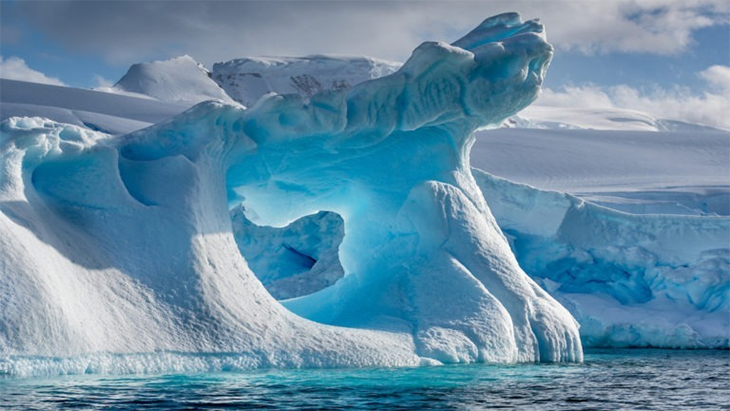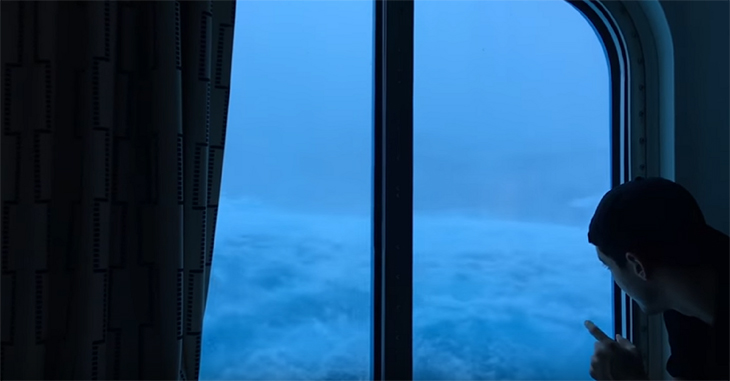
Antarctica is the planet’s most southernmost continent. Mysterious, yet awesome. It really has no permanent residents or commercial industries, most of the inhabitants are either tourists or scientists posted on research stations or bases. All tourist accommodations are aboard expedition ships. It is an isolated, mostly barren land, too cold for comfort. Lots of areas remain unexplored really, probably why it is the most mysterious continent up to now. Still, man always tries to search for answers, and here are some of the awesome mysteries revealed in 2019.
Rare lava lake. There are many awesome secrets the continent has revealed, and will continue to do so. Take for example, Saunders Island, which is a volcanic protrusion in the South Sandwich Islands. The icy peak of Mount Michael, the island’s volcanic summit, is home to one of only eight lava lakes in the world. Only by thermal imaging from satellite data were the scientists able to discover the crater lake. Unlike most exposed lava on the Earth’s surface, the lake remains molten. Temperatures in the lake go between 1,812 and 2,334 degrees Fahrenheit. Usually Mount Michael is cloaked from view by heavy clouds. Thanks to satellite photos we now know about the rare lava lake.

Singing ice. There is a steady hum from Antarctica’s ice all the time. Humans can’t hear the 5 hertz frequency without the aid of special sensors. These sensors were set-up to detect vibrations in the ice. To their surprise, it picked up a subsonic singing caused by the movement of wind against the ice, which changes when the ice melts, or when wind changes the shape of snow dunes. Lead study author, geophysicist and mathematician, Julien Chaput, said, “It’s kind of like you’re blowing a flute, constantly, on the ice shelf.”
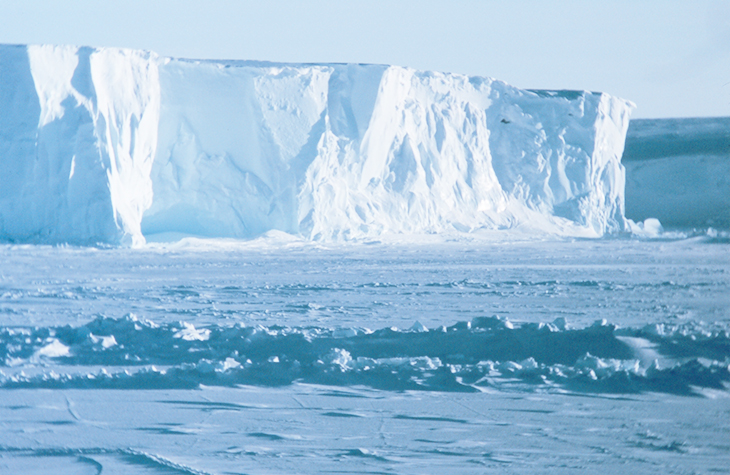
Weirdly shaped icebergs. Atarctica’s wind and water sculpt ice ito different bizarre shapes. But a simple yet awesome shape was photographed from the air…floating rectangular icebergs. These rectangular chunks of ice were created by the calving of a huge iceberg. Their straight edges and sharp corners make them relatively fresh, as the erosion action of the wind and waves hasn’t yet had time to smoothen them down.
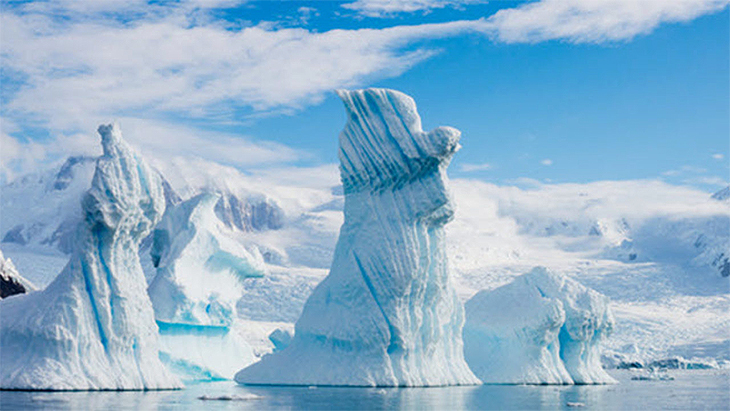
Green ice. Normally ice is white or blue, but the Blood Falls ice is red (the briny water full of iron is oxidized and turns red), and recently discovered, there is green ice. Scientists are still trying to figure out what makes the ice color green. A theory is it may come from iron-oxide dust, but further investigation is needed. If this theory is proven accurate, it means the green ice is more than just a quirk, it may give crucial insights on the movement of ocean nutrients.
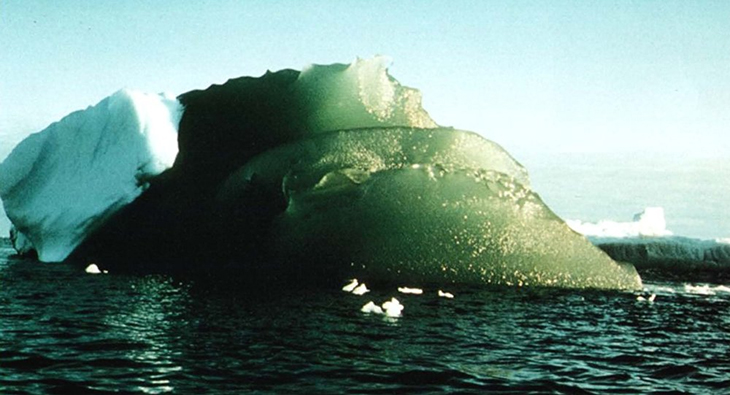
The planet’s oldest ice. Scientists know that the oldest ice ever must be found in the Antarctic, but they are still hunting it down. Researchers near the Concordia research station announced that they are embarking on a 5-year drill plan to drill about 1.5 miles down to find ice about 1.5 million years old.

A deep hole. The deepest hole ever drilled in the Antarctica continent was finished January of 2019. It was done by the British Antarctic Survey project to monitor changes within the area’s ice sheets. It was 2,152 meters deep. But it is not the deepest hole ever drilled on Earth. That honor goes to the Kola Superdeep Borehole in Russia which went as deep as 12,263 meters. It took 20 years to dig, but the one in Antarctica took only 63 hours! Surely they could go deeper if they wanted to.
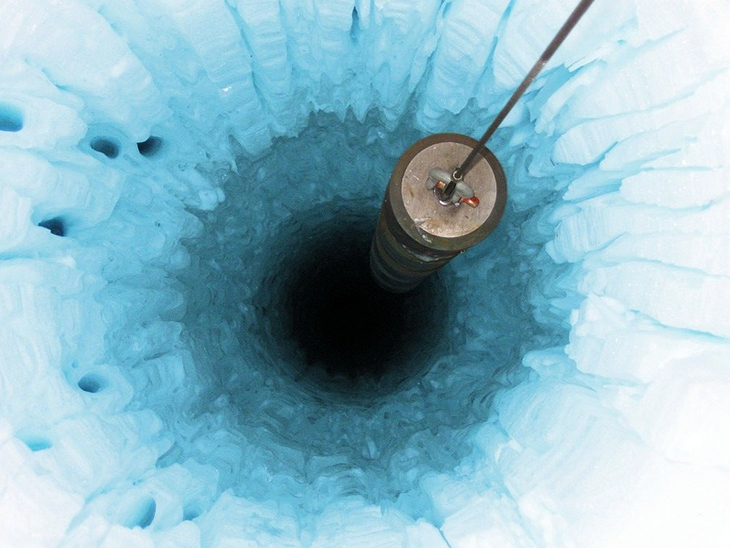
A growing giant void. Under the Thwaites Glacier in West Antarctica is an ice cave two-thirds the area of Manhattan and about 1,000 feet tall. The gap between the glacier and the bedrock was recently discovered by NASA scientists who explain that much of the void was formed from melt that occured in the last few years. With the help of ice-penetrating, satellite-based radar, they found the void held as much as 15 billion tons of ice. They continue to monitor the giant void.
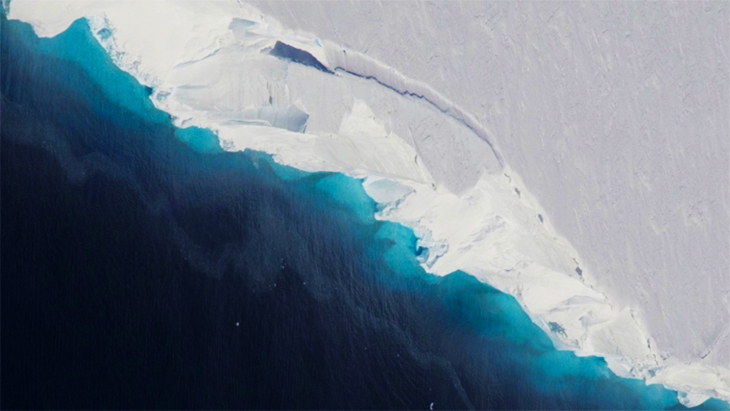
Upside-down rivers. Antarctica can be complex and mysterious. A recent study found that enormous under-ice rivers of warm water scour the continent’s ice shelves from below. The ice shelves are parts of ice sheets that protrude over the ocean. Certain areas seem to sag, and melt through year after year. These areas are melted by warm ocean currents that act like flowing rivers, melting billions of tons of ice each year.
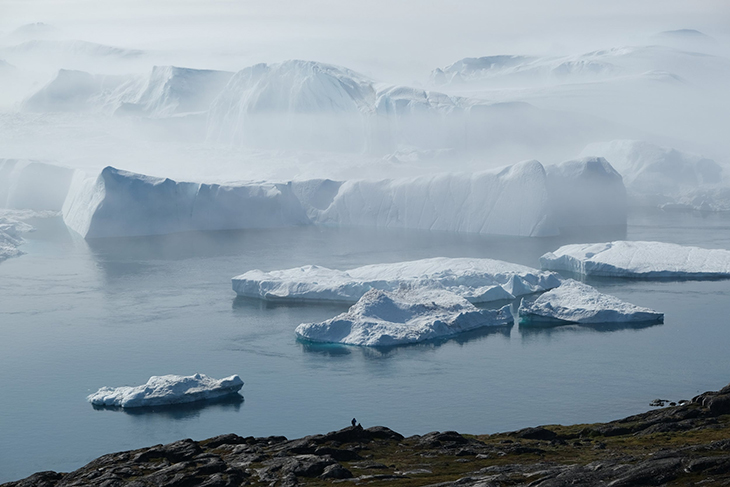
The mystery of the gaping holes. There are mysterious gaping holes, called polynyas, that pop up when the ice pack is at its thickest. Researchers reported that they might know why these polynyas exist in the sea ice. They used satellite tags attached to wild seals to gather water data and compared it to the timing of the polynyas opening and closing. It was found out that the polynyas form when the combination of strong stormy winds and ocean currents is just right. They also release a lot of heat from the underlying ocean, which may further affect wind patterns and local weather.

Stardust older than our sun. Antarctica is popular among meteorite hunters because the rocks from space that land there accumulate in glaciers and tend to be concentrated. But one specific meteorite turned out to be really special. One of its grains, just 1/25,000 of an inch in size is dust from a star explosion called a nova, and is older than the sun. Scientists believe that it may hold clues to the formation of the early solar system.

The Endurance. In 1915, the ship Endurance, captained by Sir Ernest Shackleton, was abandoned after it got crushed by Antarctic’s relentless ice. They were trapped for several months and finally set on a 720 nautical mile journey to South Georgia Island where they were eventually rescued. The crew recorded the last position of the Endurance hoping it may someday be found. Well, a 2019 expedition got close, but it seems the Antarctic was not yet ready to give up the Endurance. They had to call it quits when the sea-going drone got lost under the ice.

The Icequakes. Thousands of tiny earthquakes are picked up by seismic sensors throughout the melt season. These quakes can’t be felt by humans, still, the scientists wanted to know what causes them. Apparently, when ice-covered puddles begin to re-freeze during the night, the expansion of the water warps the lid of ice on top. With just enough pressure, the film of ice breaks causing the tiny tremors.
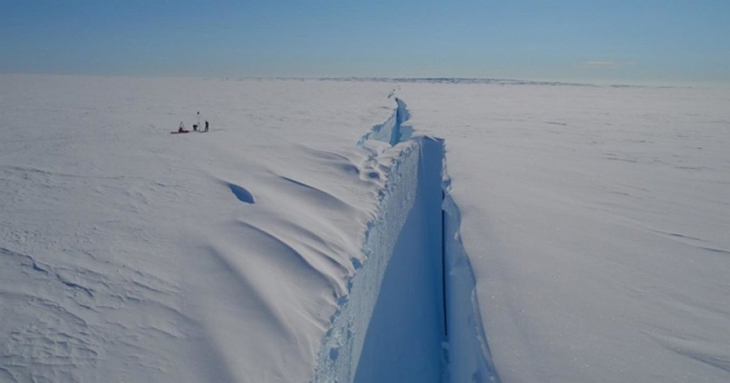
Strange particles. The peace and quiet in the Antarctic is perfect for physicists to look for quick moving cosmic rays and the elusive elementary particles. Researchers from NASA’s Antarctic Impulsive Transient Antenna and the IceCube observatory can’t seem to figure out what to make of the measurements and identity of the particles detected over Antarctica…it still is a mystery to be solved.

Extinct early reptile discovered. There was a time when the Antarctic areas was warm, and home to dinosaurs and plant life. Researchers recently announced the discovery of a 250 million year old reptile creature, an archosaur, a precursor to the lineage of pterosaurs and crocodilians.
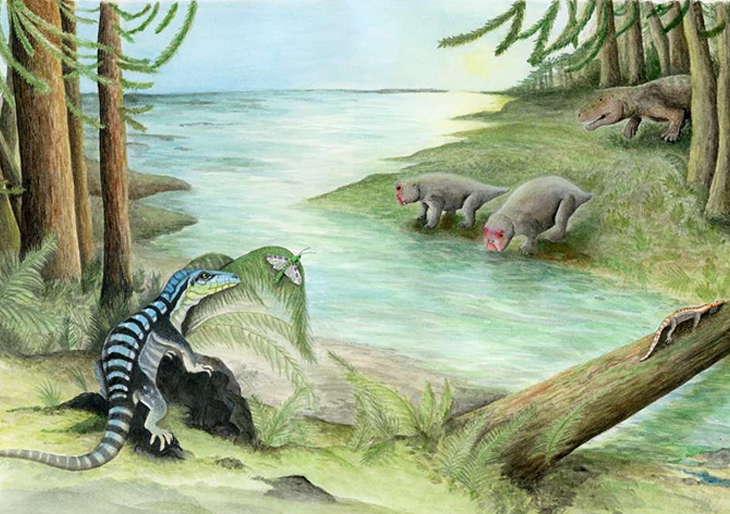
The Antarctic sea monster. Ancient Antarctica was also home to the planet’s heaviest elasmosaurid, a long-necked sea creature. It was discovered in Seymour Island in 1989, but only finished excavating the enormous fossil in 2017. Ultimately they were able to gather about 800 kilos of bone fossils, and formally described the beast publicly in 2019. The creature was presumed to be a heavy 15 tons and about 36 feet long. It is said to resemble the Loch Ness monster…if you believe it to be real.


